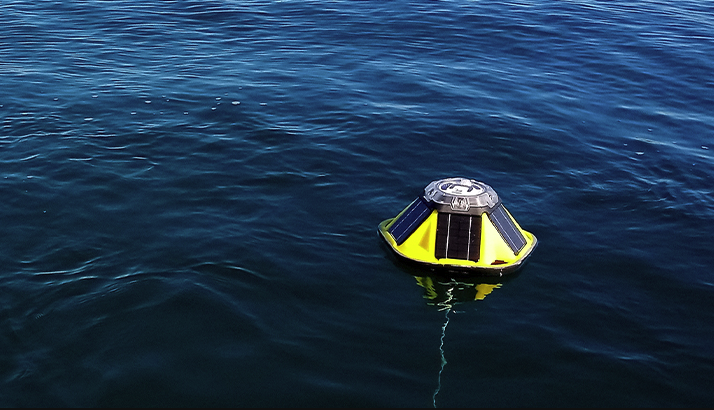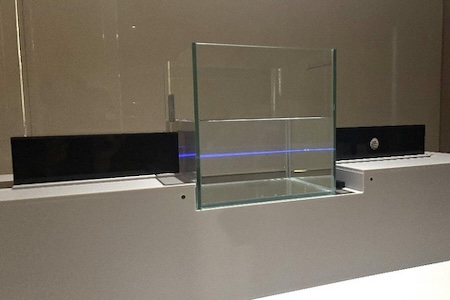
Discover World-Leading Technologies for Ocean Science
Discover cutting-edge solutions from leading global suppliers
Researchers at The University of Western Australia (UWA) have established a national network of wave buoys, aiming to improve the understanding of wave-driven processes and changes within Australia’s coastal zone.
This initiative, part of the Integrated Marine Observing System (IMOS) Coastal Wave Buoys Facility, is led by Dr. Mike Cuttler and Professor Ryan Lowe from UWA’s School of Earth and Oceans and the UWA Oceans Institute.
Recent deployments have added at least one new wave buoy in every Australian state, complemented by co-invested buoys from regional collaborators.
Dr. Cuttler highlighted Australia’s extensive coastline, which supports vital ecosystems and infrastructure. He stated, “Our coastal zone is also where many of us live, work and play and we know over 87 per cent of Australians live within 50 kilometres of the coast, with further growth predicted in coming decades. Climate and human development are changing our coastal systems at an unprecedented rate and more data is needed for planning to avoid or mitigate changes and sustainably manage this precious resource.”
The 23 new IMOS wave buoys will supplement an existing network of offshore and nearshore wave buoys across Australia, maintained by federal and state government agencies and university research groups. Partnerships include collaborations with the Western Australian Marine Science Institution, WA Departments of Jobs, Tourism, Science and Innovation, and Primary Industries and Regional Development, as well as Tidal Moon, Kimberley Marine Research Station, and various local governments.
These small, solar-powered buoys are designed for relatively easy deployment and measure wave height, period, direction, and water temperatures in nearshore waters, at depths ranging from 10m to 70m. Moored to the seafloor, they will collect near real-time data essential for verifying and enhancing marine forecasts, informing marine operations and recreation, and establishing a better understanding of oceanic and coastal processes.
The near real-time data is accessible via a new national website, Aus Waves, developed by Dr. Cuttler. This platform unifies data from IMOS wave buoys with information from existing regional partner websites, creating the first nationally consistent display and access point for quality-controlled near real-time wave data.
According to Dr. Cuttler, the AusWaves website offers unique coastal wave data in a user-friendly format, catering to diverse coastal stakeholders. He noted, “Through visual displays and the ability to download wave and surface temperature data, this new website will enable wider uptake of the data around Australia.” Both real-time and delayed mode data are also available through the IMOS Australian Ocean Data Network (AODN) Portal under the ‘Wave buoys Observations – Australia – near real-time’ and ‘Wave buoys Observations – Australia -delayed (National Wave Archive)’ data collections.
IMOS operates as an unincorporated joint venture by a consortium of institutions, with the University of Tasmania as the Lead Agent, and is supported by the National Collaborative Research Infrastructure Strategy (NCRIS). The network of IMOS Coastal Wave Buoys represents a significant investment by the Coastal Research Infrastructure (CoastRI), a national initiative coordinated across 13 NCRIS capabilities.















